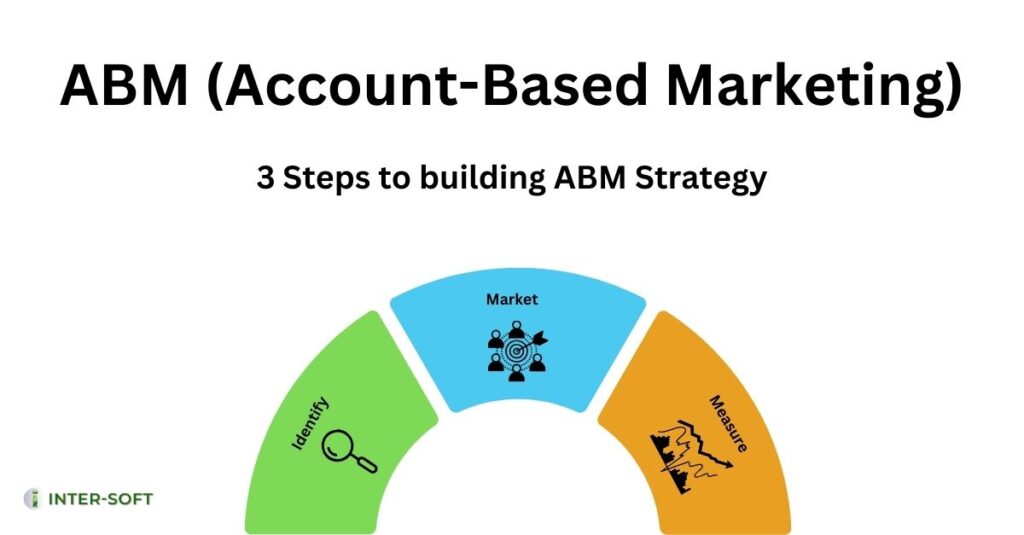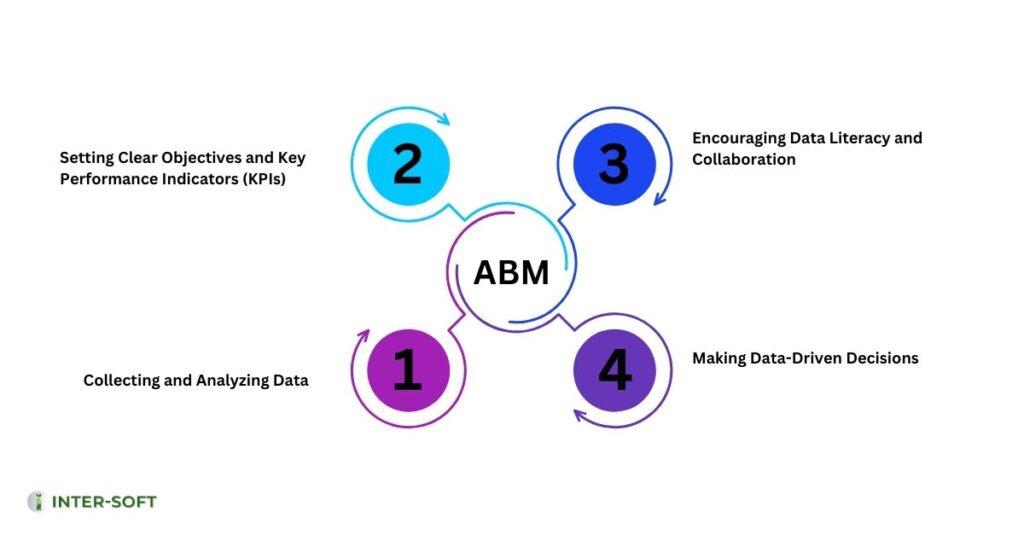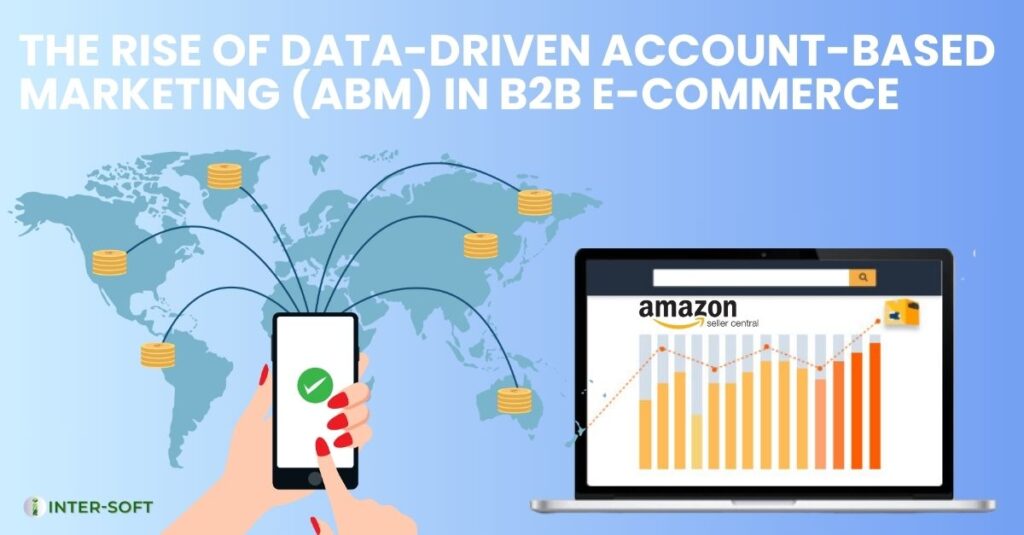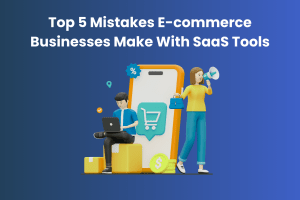In the dynamic realm of B2B e-commerce, businesses are constantly seeking innovative strategies to maintain a competitive edge. Among these strategies, Data-Driven Account-Based Marketing (ABM) has emerged as a game-changer, transforming how companies approach their marketing efforts. By leveraging data to target, engage, and convert high-value accounts, data-driven ABM is becoming an essential component of modern B2B marketing. In this blog post, we’ll explore how this approach is reshaping the landscape of B2B e-commerce, focusing on targeting high-value accounts, personalizing outreach, and measuring success.
The Shift to Targeting High-Value Accounts
Table of Contents
ToggleHistorically, B2B marketing strategies often involved broad outreach efforts designed to cast a wide net and capture as many leads as possible. While this approach aimed to generate a large volume of potential prospects, it frequently resulted in low conversion rates and inefficient use of resources. Data-driven ABM, however, takes a more focused approach by zeroing in on a select group of high-value accounts that have the greatest potential to drive significant revenue.
The foundation of data-driven ABM is the use of advanced data analytics to identify and prioritize these high-value accounts. By analyzing various data points—such as company size, industry, purchase history, and engagement levels—businesses can create detailed profiles of their ideal target accounts. This data-driven approach allows for a more strategic allocation of marketing resources, ensuring that efforts are concentrated on the accounts most likely to yield the highest return on investment (ROI).
For instance, imagine a company specializing in enterprise software solutions. By analyzing data on past purchases and engagement patterns, the company might identify a specific segment of large corporations that frequently invests in similar solutions. This segment becomes a priority for ABM efforts, as these high-value accounts are more likely to result in substantial sales and long-term partnerships.

Enhancing Personalization in Outreach
Personalization is a critical element of successful B2B marketing, and data-driven ABM takes personalization to a whole new level. Traditional marketing methods often relied on generic messaging that aimed to appeal to a broad audience. In contrast, data-driven ABM allows businesses to craft highly personalized and relevant content tailored to the unique needs and interests of each target account.
By leveraging data on account behavior, preferences, and pain points, marketers can create messaging that speaks directly to the specific challenges and goals of each account. This approach not only increases the likelihood of engagement but also fosters stronger relationships with potential clients.
For example, suppose a company’s data reveals that a target account has been actively researching solutions related to cybersecurity. The marketing team can use this insight to develop personalized content that addresses the account’s specific concerns about cybersecurity threats and highlights how the company’s solutions can mitigate these risks. Personalized emails, targeted ads, and customized landing pages are just a few ways to leverage data for more effective outreach.
Additionally, personalization in data-driven ABM extends beyond content creation to include personalized experiences throughout the customer journey. By analyzing data on how accounts interact with various touchpoints—such as websites, emails, and social media—businesses can optimize their engagement strategies to deliver a seamless and tailored experience. For example, a company might use data to trigger personalized follow-up messages or offers based on an account’s previous interactions with the brand.
Measuring and Optimizing Success
One of the key advantages of data-driven ABM is the ability to measure and analyze the effectiveness of marketing efforts with greater precision. Unlike traditional marketing strategies that rely on broad metrics like website traffic or click-through rates, data-driven ABM provides more granular insights into account-level performance.
By tracking metrics such as account engagement, lead progression, and conversion rates, businesses can gain a deeper understanding of which tactics are driving results and which areas may need improvement. For example, if data shows that a particular piece of content is generating significant engagement from a high-value account, marketers can identify this content as a successful element of their strategy and consider replicating or expanding upon it.
Moreover, data-driven ABM allows for continuous optimization of marketing efforts. By regularly analyzing performance data, businesses can make data-informed adjustments to their strategies, ensuring that they remain aligned with their goals and objectives. This iterative approach to optimization helps businesses stay agile and responsive to changes in the market and evolving customer needs.
In addition to retrospective analysis, data-driven ABM also offers predictive insights that can inform future marketing strategies. By leveraging historical data and advanced analytics, businesses can anticipate trends and identify potential opportunities for growth. For example, predictive analytics might reveal emerging industries or market segments that are likely to become high-value accounts in the near future, allowing businesses to proactively tailor their marketing efforts to these opportunities.

Steps to Building a Data-Driven ABM Strategy
To effectively implement a data-driven ABM strategy, businesses can follow these three key steps:
1. Identify and Prioritize Target Accounts
The first step is to identify high-value accounts based on data analytics. Use criteria such as revenue potential, industry fit, and historical engagement to create a prioritized list of target accounts. This focused approach ensures that marketing efforts are directed towards the most promising prospects.
2. Develop Personalized Content and Campaigns
Once target accounts are identified, create personalized content that speaks directly to their specific needs and challenges. Utilize insights from data to craft tailored messaging, including personalized emails, case studies, and targeted ads that resonate with each account’s unique situation.
3. Measure Performance and Optimize Strategy
Regularly track key metrics related to account engagement and conversion rates. Analyze this data to gain insights into which tactics are working and which need adjustment. Use these findings to continuously optimize your ABM strategy, ensuring it remains effective and aligned with your business goals.
Embracing Data-Driven ABM for Long-Term Success
As B2B e-commerce continues to evolve, embracing data-driven ABM is becoming increasingly essential for businesses looking to stay ahead of the competition. This approach not only enhances the effectiveness of marketing efforts but also positions businesses as forward-thinking leaders in their industry.
Data-driven ABM offers a powerful strategy for targeting high-value accounts, personalizing outreach, and measuring success. By harnessing the power of data, businesses can create more targeted and relevant marketing campaigns, build stronger relationships with key accounts, and ultimately drive growth and revenue.
Incorporating data-driven ABM into your B2B e-commerce strategy allows for a more strategic and informed approach to marketing. By focusing on high-value accounts, delivering personalized experiences, and continuously optimizing based on data insights, businesses can navigate the complexities of modern e-commerce and achieve long-term success.
As the digital landscape continues to shift, embracing data-driven strategies will be crucial for businesses aiming to thrive in the competitive world of B2B e-commerce. Data-driven ABM is not just a trend; it is a transformative approach that empowers businesses to make data-informed decisions and drive meaningful results in their marketing efforts.








